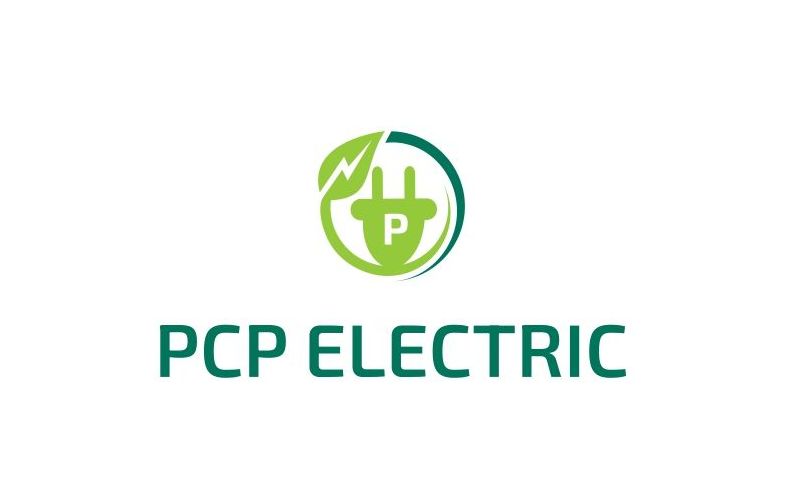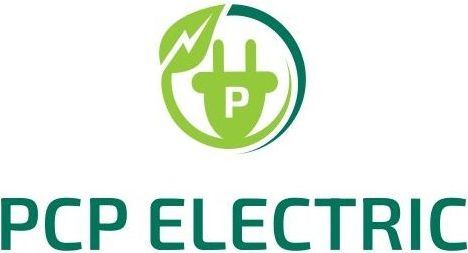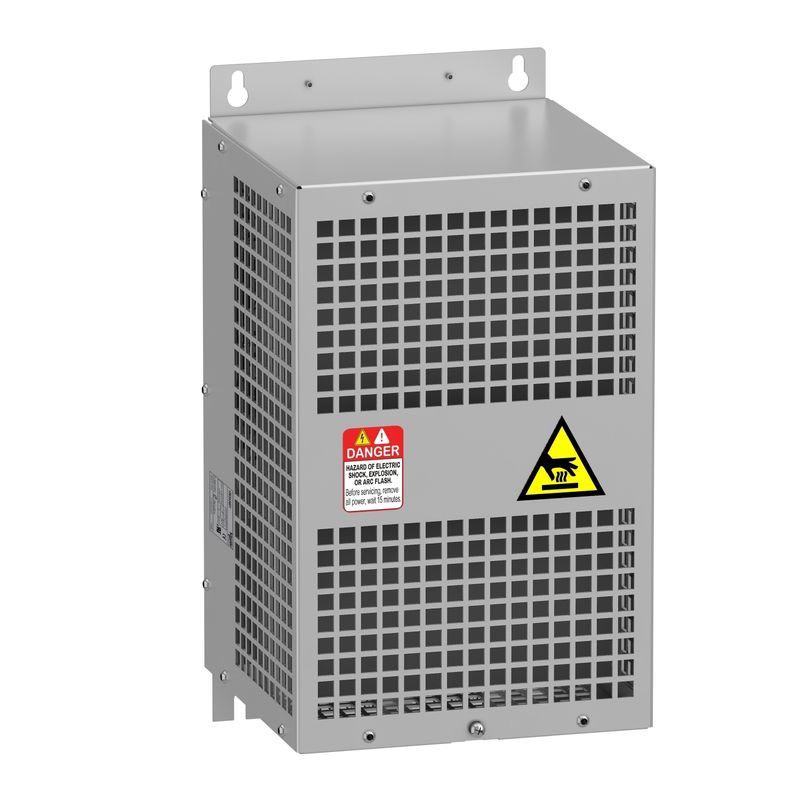Sinus Filter
Schneider Electric offers output sinus filters designed to enhance the performance and longevity of motor drives. These filters are used to convert the PWM (Pulse Width Modulation) output of variable speed drives (VSDs) into a near-sinusoidal waveform, which is essential for reducing harmonics and ensuring smoother motor operation. Here are some key features and benefits of Schneider Electric output sinus filters:
Key Features:
1. Harmonic Reduction: Minimizes high-frequency harmonics generated by VSDs, reducing electromagnetic interference (EMI).
2. Improved Motor Performance: Provides a clean sinusoidal waveform, enhancing motor efficiency and reducing overheating and noise.
3. Extended Motor Life: Reduces motor insulation stress, thereby extending the motor’s operational life.
4. Compact Design: Space-saving design suitable for integration into various industrial and commercial applications.
5. Compatibility: Designed to work seamlessly with Schneider Electric VSDs, ensuring optimal performance and protection.
Applications:
• Industrial automation
• HVAC systems
• Water and wastewater treatment
• Conveying systems
• Any application involving the use of variable speed drives
Benefits:
• Enhanced Efficiency: Improved power quality leading to better system efficiency.
• Reduced Maintenance Costs: Lower wear and tear on motor components due to reduced harmonic distortion.
• Improved System Reliability: Smoother motor operation with fewer disruptions and downtime.
• Environmental Impact: Reduced electromagnetic pollution contributing to a cleaner environment.
For specific models, technical specifications, and integration guidelines, it would be best to refer to Schneider Electric’s official documentation or contact their support team. This ensures that you get the most accurate and detailed information tailored to your specific needs.


